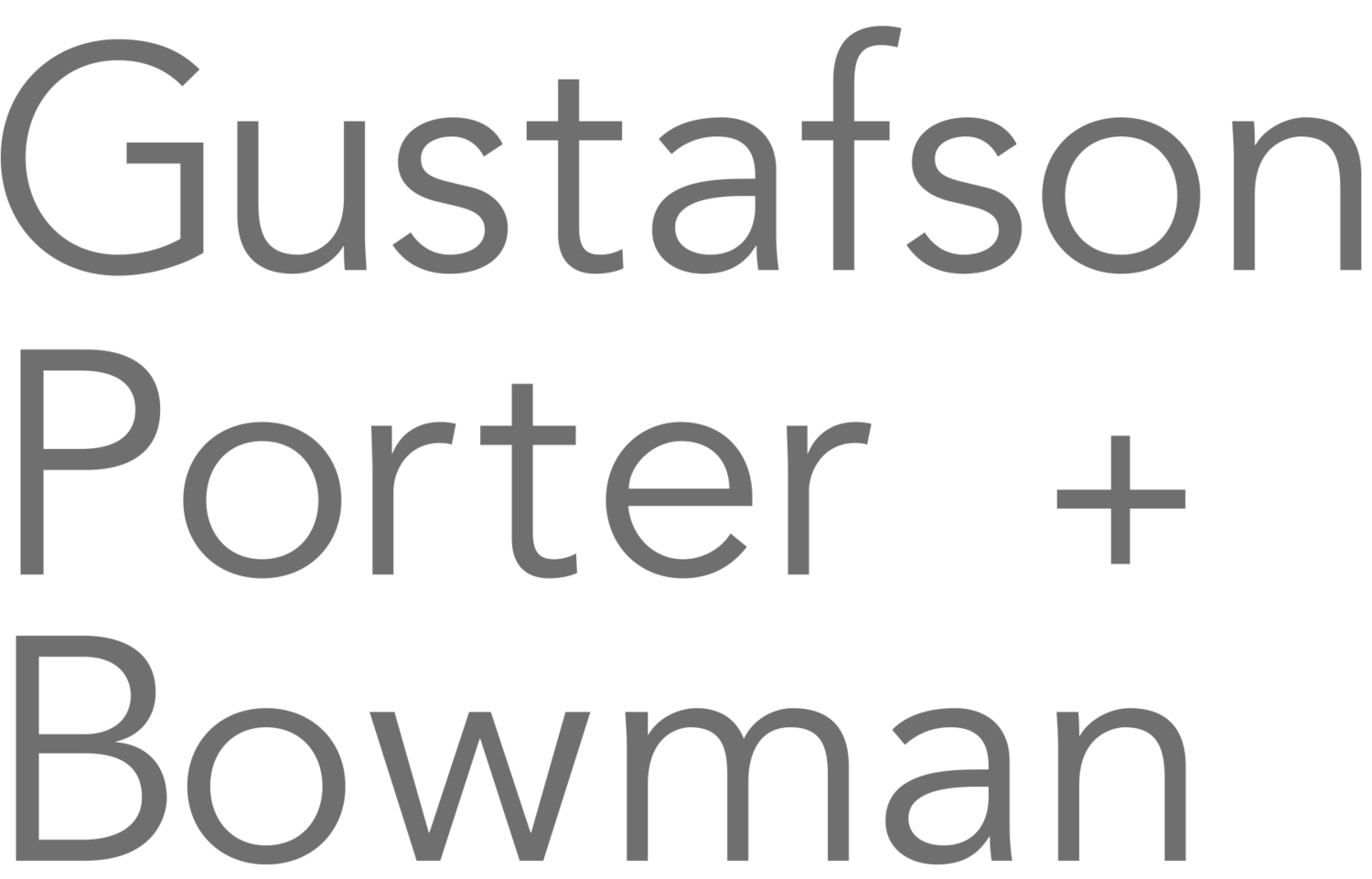SUSTAINABILITY
We know that the future of our planet, people and animals depends on the actions and decisions that we make now.
King Charles Street Quad
“The improvements will significantly enhance the environmental quality of the KCS Quad [King Charles Street Quadrangle]. Plant cover will add biodiversity and shade and create a new local ecosystem. The plants will also assist site drainage. The number of electric vehicle charging points will be significantly increased and electrical infrastructure will support the addition of more charging points in future. Better cycle storage will encourage, more cycling to work.”
As landscape architects, it is our responsibility to raise awareness of the climate emergency and declining biodiversity. An active, sustainable approach is essential. Our profession has made a pledge, through Landscape Architects Declare, to advocate for faster change towards resilient design practices for the benefit of the natural, social and economic systems we are a part of.
Our key priorities as a practice are to:
Advocate for nature-based design solutions
Preserve and develop ecosystems
Improve biodiversity
Find the most sustainable way to source materials
Review and improve the carbon footprint of our team and office
Contribute to R&D
Renazca, Madrid - Image courtesy of the Design Team: Diller Scofidio + Renfro, Gustafson Porter + Bowman and b720 Fermín Vázquez Arquitectos
SUD System, Cultuurpark Westergasfabriek, Amsterdam
OUR ACTIONS
In 2019, Gustafson Porter + Bowman became founding signatories of Landscape Architects Declare.
The twin crises of climate heating and mass biodiversity loss are the most serious issues of our time. Infrastructure, buildings and construction play a major part, accounting for nearly 40% of energy related carbon dioxide (CO²) emissions but climate heating is only one of the drivers accelerating global biodiversity loss and dramatic rise in extinctions. Changes in land and sea use, exploitation of organisms, pollution, invasive alien species and erosion of precious soils compound the crisis.
While we have seen major improvements to practice over the last 20 years, meeting the needs of our society without breaching the earth’s ecological boundaries will demand a paradigm shift. Together with our clients and collaborating consultants, we will need to commission, plan and design landscapes, cities, infrastructures and buildings as indivisible components of a larger, constantly regenerating and self-sustaining system in balance with the natural world.
As we increasingly become urban dwellers, investment in city development must also consider wider global landscapes and ecosystems as fundamentally interrelated parts of the city. Nature based solutions will form the basis of our response.
The research and technology exist for us to begin that transformation now, but what has been lacking is collective will. Recognising this, we are committing to strengthen our working practices to create landscape architecture and urbanism outcomes that have a more positive impact on the world around us and which conserve and enhance the natural and built environment.
OUR PRACTICE AIMS
Raise awareness of the climate and biodiversity emergencies and the urgent need for practical action amongst our clients and supply chains.
Advocate for faster change in our profession towards resilient and regenerative design practices and a higher Governmental funding priority to support this.
Establish climate and biodiversity mitigation, adaptation and resilience principles as the key measure of our industry’s success: demonstrated through awards, prizes and listings.
Share knowledge and research to that end on an open source basis.
Evaluate all new projects against the aspiration to contribute positively to mitigating climate breakdown, and encourage our clients to adopt this approach.
Preserve and protect existing irreplaceable landscapes and habitats whilst protecting and optimising areas of functional and biodiverse landscape in all developments.
Adopt a whole systems approach to landscape design recognising that soils, bacteria and mycorrhizal fungi are key factors for ecosystem survival and carbon sequestration.
Work to provide assessment tools for life cycle costing, carbon usage, biodiversity gains. Develop and promote post occupancy tools and measures to assist in the management of landscapes.
In addition to working with mitigation, adaptation and resilience as primary tools, look to using regenerative design principles in the design of landscapes.
Collaborate with architects, engineers, contractors and clients to further reduce construction waste.
Promote low embodied carbon, and look to maximise carbon sequestering, responsible and sustainable use of water and biodiversity net gains in all projects.
Minimise wasteful use of resources in landscape architecture and urban planning, both in quantum and in detail.
OUR WORKSHOPS
We hold a series of monthly internal sustainability workshops where we share films, projects, recent events and topics relating to sustainability.
“Our schemes at GP+B address issues like pollution, sea level rise, water usage, drought tolerant planting, irrigation, drainage and more. We are making an effort to bring these topics to the fore by engaging our clients and looking at site wide strategies to force architects, landscape architects and contractors to up their game.”







